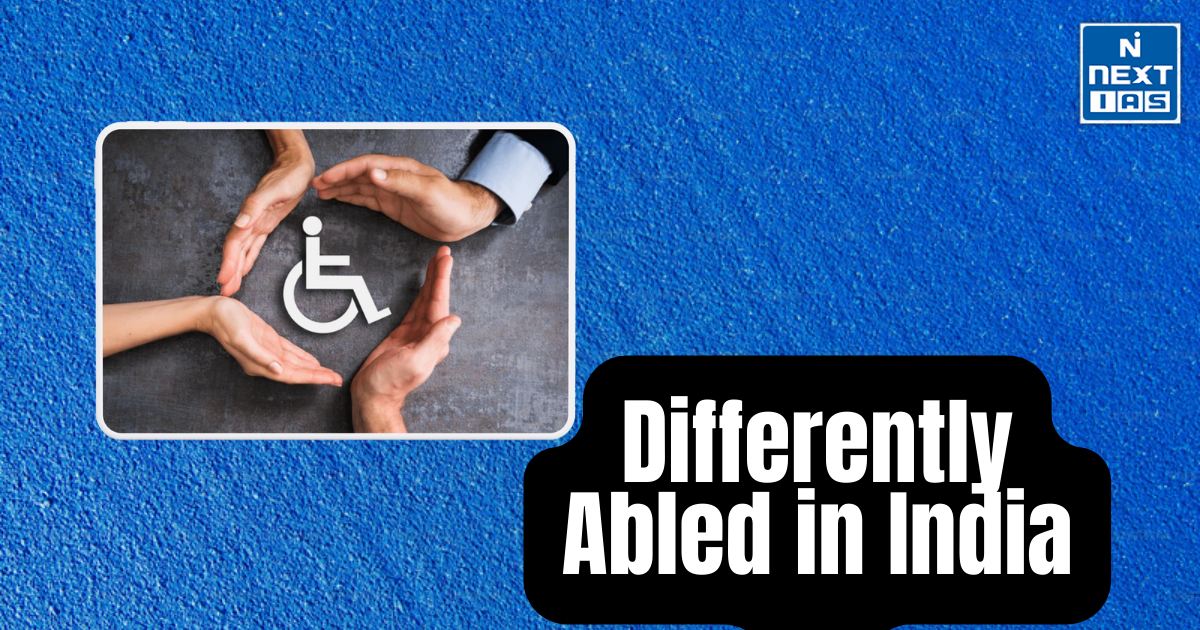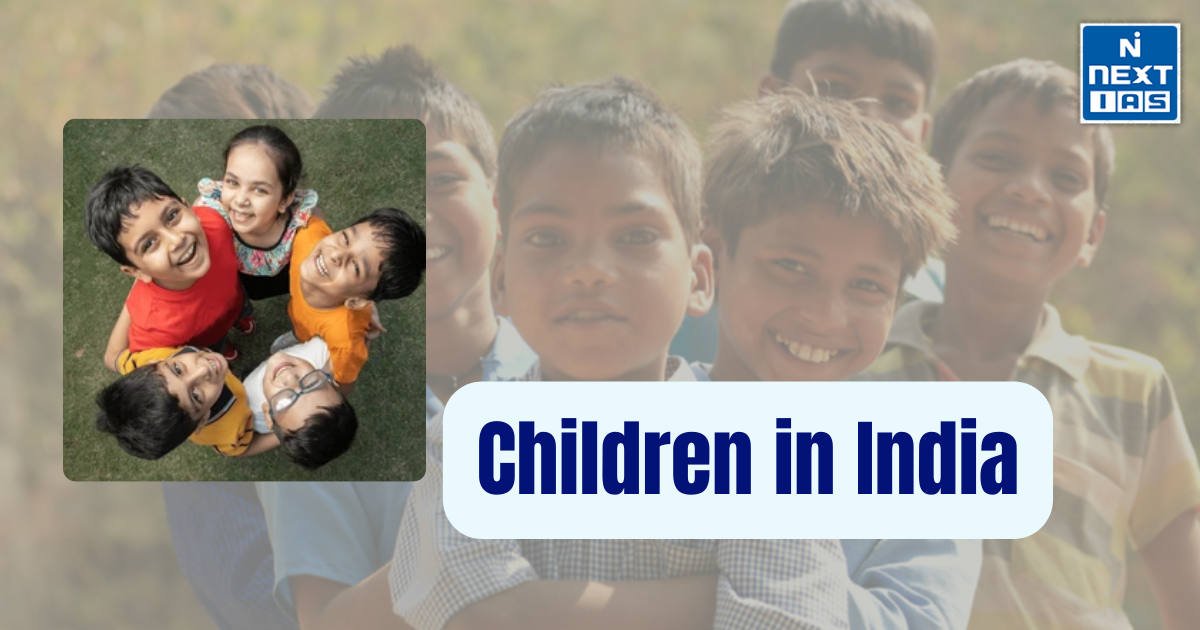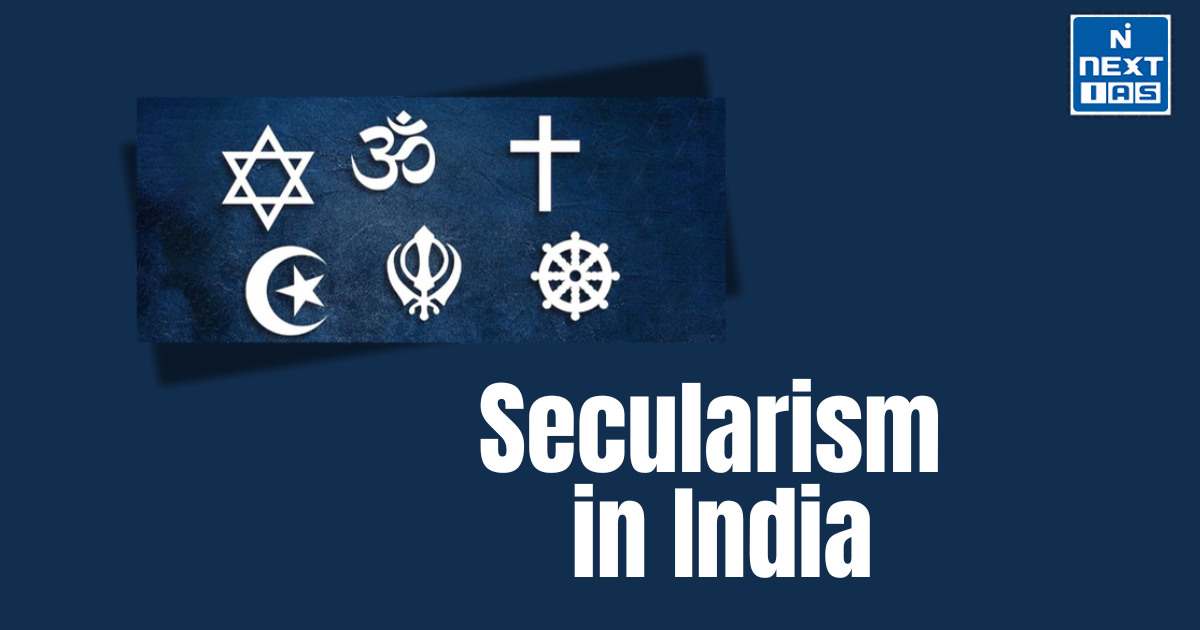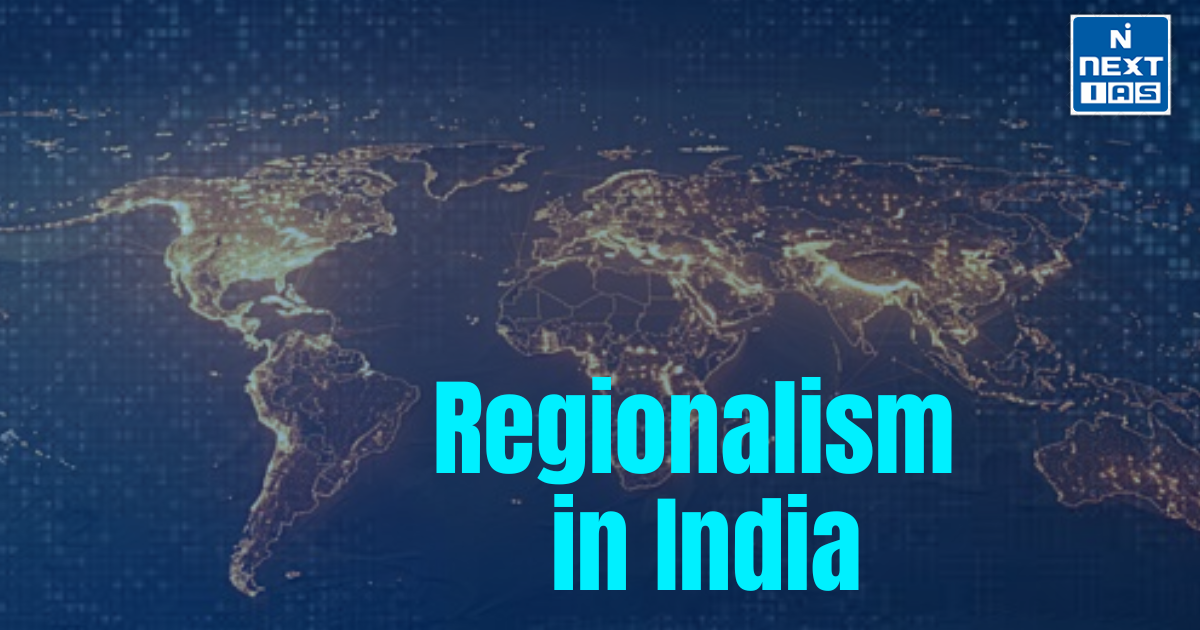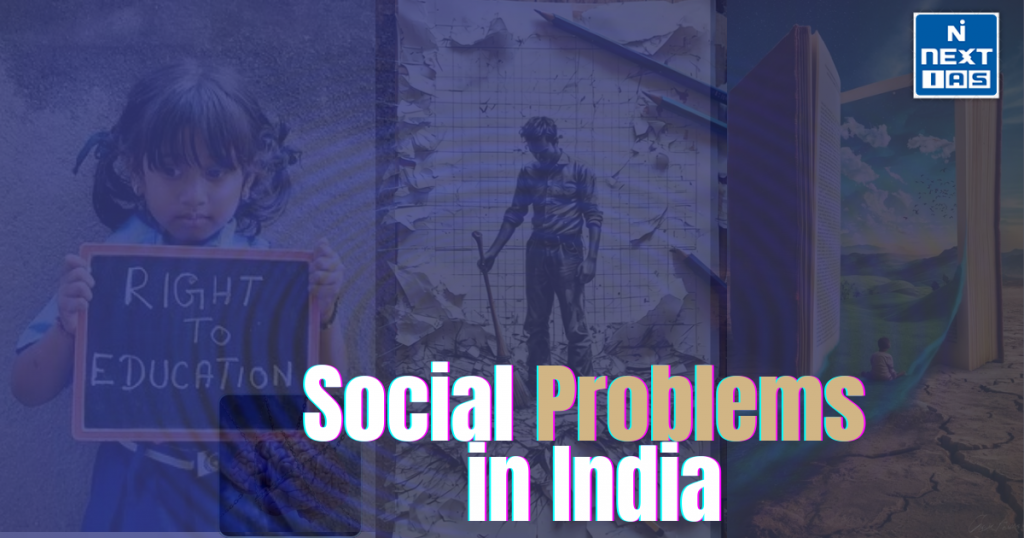
Social problems in India, such as crime, corruption, environmental degradation, and mental health issues, significantly impact the socio-economic fabric of the country. The role of civil society in addressing these challenges is crucial for fostering change, accountability, and social justice. This article aims to study in detail the various social problems in India, the challenges posed by them, and the solutions being implemented through the active involvement of civil society organizations.
About Social Problems in India
- India, a diverse and rapidly developing nation, faces a range of social problems that stem from its complex socio-economic structure, rapid urbanisation, historical challenges, and disparities in wealth and development.
- The problems of crime, corruption, law enforcement, environmental degradation, substance abuse, and mental health issues have far-reaching implications for the country’s progress.
- Addressing these problems requires multifaceted strategies involving government, civil society, and community engagement.
Crime, Corruption, and Law Enforcement in India
Crime in India
Crime in India has seen both a rise and a shift in nature, ranging from traditional crimes like theft and assault to more complex crimes such as cybercrimes, organized crime, and terrorism. Urbanization, migration, and socio-economic inequality have contributed to the increasing incidence of crime. Some key crime issues in India include:
- Violent Crimes: Domestic violence, honour killings, sexual assaults, and murders are significant issues, especially against women, children, and marginalised communities.
- Cybercrime: With the digital transformation, India has become a hotspot for cybercrimes, including data theft, online fraud, identity theft, and cyberbullying.
- Terrorism and Extremism: Terrorist activities, particularly in conflict zones such as Kashmir and parts of the Northeast, continue to pose a challenge to law enforcement and national security.
- Organized Crime: Organized criminal syndicates are involved in drug trafficking, human trafficking, arms smuggling, and extortion, often having political connections.
Corruption in India
Corruption remains one of India’s most pervasive problems, affecting almost every level of government and administration. It hinders economic development, perpetuates social inequalities, and erodes public trust in institutions. Key aspects of corruption include:
- Bribery and Nepotism: Public officials, law enforcement, and politicians often demand bribes for services or approvals, leading to inefficiency and injustice.
- Scams and Embezzlement: High-profile scandals, including those in the defense sector, 2G spectrum allocation, and coal block allocation, illustrate how corruption pervades the system.
- Political Corruption: The link between political parties and criminal elements complicates the enforcement of laws and accountability mechanisms.
Law Enforcement Challenges
India’s law enforcement system, primarily managed by the police, faces numerous challenges that limit its effectiveness in curbing crime:
- Under-resourced Police Force: The Indian police are underfunded and understaffed, making it difficult for them to carry out investigations effectively.
- Political Interference: Law enforcement agencies are often subject to political pressure, which affects their autonomy and efficiency.
- Criminal Justice System Backlog: A massive backlog of cases in Indian courts delays justice and allows criminals to escape punishment, undermining public faith in the justice system.
Solutions
- Police Reforms: Strengthening law enforcement agencies through better funding, improved training, and autonomy from political interference can enhance efficiency.
- Anti-Corruption Measures: Strengthening institutions like the Central Vigilance Commission (CVC) and Central Bureau of Investigation (CBI), along with the Right to Information Act (RTI), can enhance transparency and accountability.
- Judicial Reforms: Expediting the judicial process through e-courts, increasing the number of judges, and modernizing legal frameworks can reduce the backlog of cases.
- Technological Advancements: Implementing more advanced surveillance and cyber law enforcement tools can help tackle modern crimes like cybercrime and terrorism.
Role of Civil Society in Addressing Social Problems
Civil society plays an instrumental role in tackling social problems by acting as a bridge between the state and the people. Civil society organizations (CSOs), including non-governmental organizations (NGOs), advocacy groups, and grassroots movements, contribute to addressing crime, corruption, environmental issues, and mental health concerns through:
- Advocacy and Awareness: CSOs play a crucial role in raising awareness about social issues, lobbying for better policies, and advocating for marginalized and vulnerable groups. For instance, movements like #MeToo and Narmada Bachao Andolan have mobilized public opinion to bring about change.
- Providing Support: Many CSOs work at the grassroots level, providing vital services like education, healthcare, and legal aid to those affected by social problems.
- Accountability: CSOs serve as watchdogs, holding the government accountable for failures in addressing social problems, and pressuring policymakers for reforms.
Key examples of successful civil society interventions include:
- The Right to Information (RTI) Movement: Empowered citizens to demand information from the government, exposing corruption and inefficiencies.
- National Alliance of People’s Movements (NAPM): Advocated for the rights of marginalised communities and highlighted issues such as displacement and environmental justice.
Environmental Issues and Socio-Economic Implications
India faces numerous environmental challenges, including air pollution, water scarcity, deforestation, and biodiversity loss. These issues not only affect the environment but also have significant socio-economic implications:
- Air Pollution: Cities like Delhi and Mumbai regularly experience hazardous air quality levels, leading to health issues such as respiratory diseases, asthma, and cardiovascular problems. Poor air quality disproportionately affects lower-income groups who live in areas with limited access to healthcare.
- Water Scarcity: India is experiencing severe water stress due to over-extraction, contamination, and poor water management. The consequences are felt across rural and urban populations, with water scarcity affecting agricultural production, industrial processes, and drinking water access.
- Deforestation and Land Degradation: Unregulated urbanization, industrialization, and mining activities have led to deforestation and soil erosion, resulting in habitat loss and a decline in agricultural productivity.
- Climate Change: Rising temperatures, erratic monsoons, and increasing frequency of natural disasters like floods and droughts directly impact the socio-economic fabric, particularly affecting farmers, indigenous populations, and coastal communities.
Solutions
- Environmental Regulations and Enforcement: Strengthening laws such as the Environment Protection Act (1986) and improving their enforcement can help curb environmental degradation.
- Sustainable Development: Promoting renewable energy, water conservation, and sustainable farming practices can mitigate environmental damage while improving the livelihoods of affected communities.
- Climate Adaptation Programs: Implementing climate-resilient farming techniques, improving disaster preparedness, and building infrastructure to adapt to changing environmental conditions can reduce the socio-economic burden on vulnerable populations.
Substance Abuse, Mental Health Issues, and Rehabilitation
Substance abuse and mental health issues are serious concerns in India, affecting millions of people across different age groups and socio-economic backgrounds. Key challenges include:
- Substance Abuse: Alcohol and drug addiction, especially among youth, have become pervasive issues. The use of opiates, alcohol, and tobacco, along with newer drugs, has led to significant public health challenges. Drug abuse is also linked to rising crime rates and social instability.
- Mental Health Issues: Mental health conditions such as depression, anxiety, schizophrenia, and bipolar disorder are prevalent but often underdiagnosed and untreated due to societal stigma. Mental health care in India is insufficient, with a lack of trained professionals, inadequate infrastructure, and social taboos around seeking help.
- Stigma: Both substance abuse and mental health issues are heavily stigmatised in India, which prevents individuals from seeking help, making recovery difficult.
Solutions
- Awareness and Education: Launching awareness campaigns about the dangers of substance abuse and the importance of mental health can reduce stigma and encourage early intervention.
- Improved Mental Health Care: Strengthening the mental health care system by increasing access to therapy, counselling, and medication can improve the quality of life for individuals with mental health disorders. The Mental Healthcare Act (2017) is a step toward making mental health care more accessible.
- Rehabilitation Programs: Establishing more rehabilitation centres and offering community-based programs can help individuals recover from addiction and reintegrate into society.
- Legislative Measures: Strengthening laws related to the sale and consumption of drugs and alcohol, such as the Narcotic Drugs and Psychotropic Substances Act, can help curb substance abuse.
Conclusion
The social problems facing India are deeply interlinked with its economic, cultural, and political landscape. Addressing crime, corruption, environmental degradation, and mental health issues requires a comprehensive and integrated approach involving robust policy reforms, public awareness, and active participation from civil society. By addressing these social problems effectively, India can build a more equitable, sustainable, and harmonious society for its diverse population.
GS - 2

